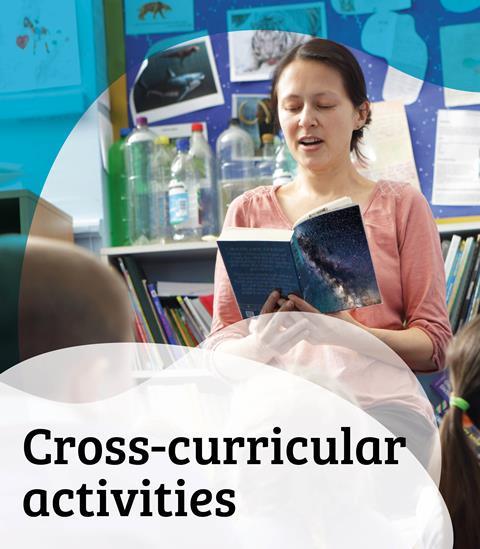A lesson plan with activities for students to classify materials according to rocks, minerals and fossils. Pupils group collections of items which have been ‘found in the ground’. They compare and regroup the items after being introduced to the concepts of rocks, minerals and fossils. Teacher notes and follow on activities are included.
Downloads
Found in the ground
Handout | PDF, Size 0.13 mb
Additional information
This resource provides teachers with ideas of how to introduce students to the classification of materials according to rocks, minerals and fossils. The activities in this lesson plan give students hands on experience of grouping materials as well as including teacher notes and follow on activities.
This resource has been developed by Earth Learning Idea.
If you teach primary science, see the headings below to find out how to use this resource:
Skill development
Children will develop their working scientifically skills by:
- Asking their own questions about scientific phenomena.
- Selecting and planning the most appropriate ways to answer science questions, which could include grouping and classifying objects.
- Using appropriate scientific language and ideas to explain, evaluate and communicate their methods and findings.
Learning outcomes
Children will:
- Identify and name a variety of everyday materials, including wood, plastic, glass, metal, water, rock.
- Compare and group different kinds of rocks on the basis of their appearances and simple physical properties.
Concepts supported
Children will learn:
- That rocks can be grouped and classified according to simple physical properties.
- That there are differences between minerals and rocks.
- The difference between manufactured and natural materials, and that not everything found in the ground is a natural resource.
- That an object is made up of one or more materials.
Suggested activity use
This resource provides opportunities for whole class investigations into rocks and their properties, as well as allowing children to work in small groups to sort and classify rocks. Initially, you can ask children to sort the rocks using their own criteria. Alternatively, you could use this resource with small groups of children as a directed guided activity to assess knowledge and understanding.
Practical considerations
Some of the ideas are beyond a level which primary children need to understand, particularly when dealing with explanations of minerals.
You will need to make sure children have a selection of different types of rocks and minerals to handle and observe.












No comments yet